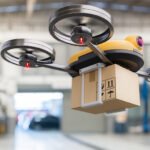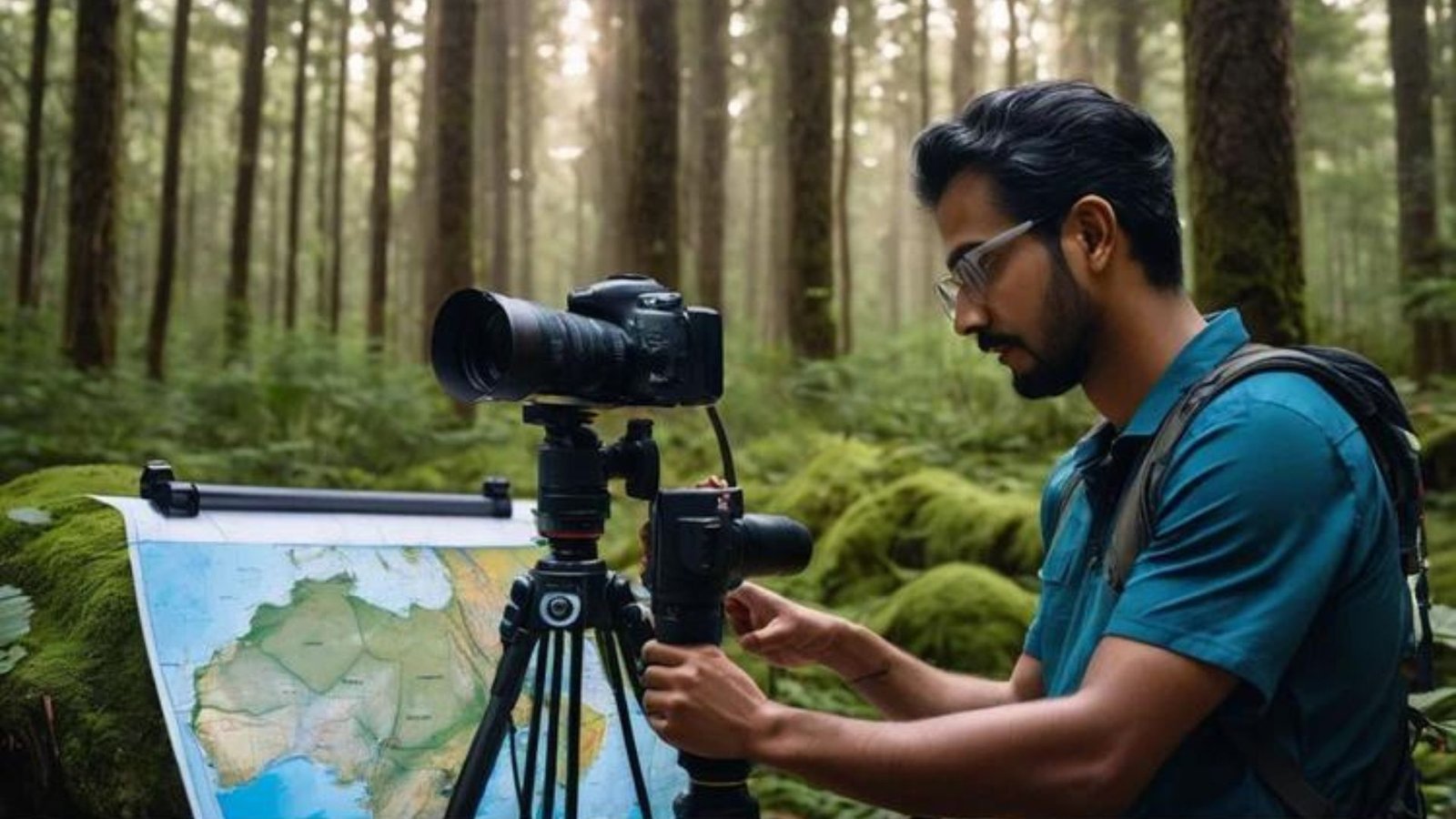Wildlife photography has always been a challenging yet rewarding pursuit, requiring patience, skill, and a deep connection with nature. In recent years, advancements in technology have dramatically transformed the field, making it easier to capture stunning images of wildlife while also enhancing conservation efforts. Here’s how technology is revolutionizing wildlife photography.

Drones
Drones have become indispensable tools in wildlife photography, providing perspectives that were previously impossible to achieve. With drones, photographers can capture aerial shots of animals in their natural habitats without disturbing them. This technology allows for breathtaking images and videos of landscapes and wildlife from angles that highlight the vastness and beauty of the environment. Moreover, drones can reach areas that are difficult or dangerous for humans to access, enabling the documentation of rare species and behaviors.
AI and Machine Learning
Artificial Intelligence (AI) and machine learning are playing increasingly significant roles in wildlife photography. AI-powered cameras and software can automatically detect and focus on animals, ensuring sharper images even in challenging conditions. Additionally, AI algorithms can enhance photos by reducing noise, improving color accuracy, and even reconstructing details in low-light situations.
AI is also revolutionizing wildlife conservation by helping photographers and researchers identify species and track animal movements. Machine learning models can analyze vast amounts of photographic data to recognize individual animals, which is particularly useful for monitoring populations of endangered species.
High-Resolution Cameras
The development of high-resolution cameras has allowed wildlife photographers to capture extraordinary detail in their images. Cameras with resolutions of 50 megapixels or more can produce incredibly sharp and detailed photographs, enabling viewers to see even the tiniest features of an animal’s fur, feathers, or scales. These high-resolution images not only make for stunning photography but also provide valuable data for researchers studying wildlife.
Remote Cameras and Sensors
Remote cameras and sensors have become crucial tools for capturing images of elusive or nocturnal animals. These devices can be placed in strategic locations and triggered by motion or heat, allowing photographers to capture images without being physically present. This method is less intrusive and minimizes the impact on wildlife behavior. Additionally, remote sensors can be used to monitor animal activity over extended periods, providing insights into patterns and behaviors that would be difficult to observe directly.
Image Stabilization
Shooting in the wild often involves dealing with unpredictable movements, whether from the animals themselves or the photographer’s environment. Image stabilization technology, both in cameras and lenses, has significantly improved, allowing photographers to capture sharp images even in unstable conditions. Whether shooting from a moving vehicle or hand-holding a camera for long periods, image stabilization helps ensure that motion blur doesn’t ruin a perfect shot.
Mobile Photography
Advances in smartphone cameras have made mobile photography a viable option for wildlife enthusiasts. Modern smartphones are equipped with multiple lenses, AI-powered modes, and high-resolution sensors that allow for professional-quality images. The portability of smartphones enables photographers to always be ready to capture spontaneous wildlife moments, and with the integration of 5G, images can be shared and backed up instantly.
Conclusion
Technology is revolutionizing wildlife photography by expanding the photographer’s reach, enhancing image quality, and enabling more ethical and effective observation of animals. From drones and AI to high-resolution cameras and remote sensors, these advancements are not only helping photographers capture stunning images but also contributing to wildlife conservation. As technology continues to evolve, it will undoubtedly open up even more exciting possibilities in the world of wildlife photography.








